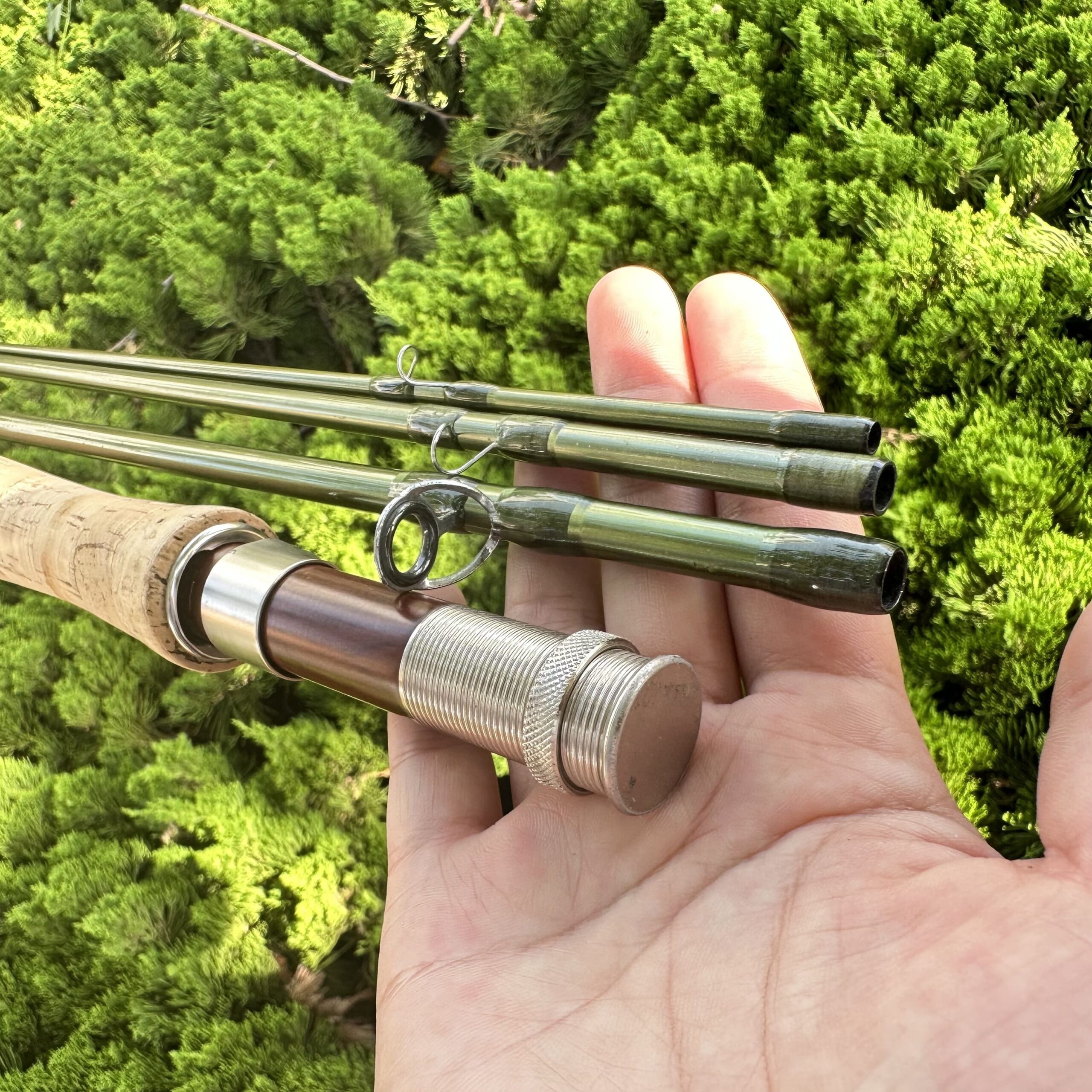Embarking on the artful journey of fly fishing begins with the quintessential step of setting up your fly rod. This may appear complex at first glance, but with a clear breakdown, you’ll be stream-ready in no time. This guide is tailored for beginners and crafted to simplify your setup process.
Assemble Your Gear:
Before anything else, ensure you have all necessary equipment on hand:
* Fly rod and reel
* Backing
* Fly line
* Leader and tippet
* Scissors or nippers
* Your chosen fly
* Reel in Place:
Secure the fly reel to the rod’s reel seat. The direction is important—if you’re right-handed, the reel should crank on the left.
* Lay the Foundation with Backing:
Backing is your secret weapon against a fighting fish. Tie it to the reel spool with an arbor knot, then reel it in evenly, usually about 100-200 yards.
* Fly Line Connection:
Next, connect the fly line to your backing. This can be done via a loop-to-loop connection if your fly line has a built-in loop, or a sturdy nail knot if not.
* Threading the Line:
With your rod assembled, thread the fly line through the rod’s guides, working from the bottom up to the tip.
* Attaching the Leader:
The leader, a clear line, makes your fly’s delivery look natural. Tie it to your fly line, matching the type of knot to your setup (loop-to-loop or nail knot).
* Tying the Tippet:
The tippet is the final piece of the puzzle, providing a seamless transition to the fly. Attach it to the leader with a surgeon’s knot or a blood knot, and then tie on your fly with an improved clinch knot.
* The Final Inspection:
Before casting, give your setup a thorough check. Every knot should be secure and every piece in place.
* And You’re Ready:
With your fly rod set up, the river awaits. Remember, practice breeds confidence, and in time, this process will become a fluid prelude to the joys of fly fishing.
Within this guide, each step is detailed enough to empower a novice without overwhelming them. It’s important to maintain a smooth narrative that doesn’t just list instructions but also explains the ‘why’ behind them. By doing so, beginners can understand the importance of each component, leading to a more fruitful fly fishing experience.

